When it comes to white wine, few varietals can rival the exquisite flavors and unique characteristics of Sauvignon Blanc and Riesling. These two grapes have captured the hearts of wine enthusiasts around the world, but their differences are as distinct as their individual charms. While both varieties boast refreshing acidity and a wide range of expressions, they diverge in terms of flavor profiles, terroir preferences, and aging potential.
Whether you prefer the crisp citrus notes of Sauvignon Blanc or the floral elegance of Riesling, understanding the nuances between these two captivating wines is key to unlocking a world of sensory delights. Join us on a journey through vineyards and cellars as we explore the battle between Sauvignon Blanc and Riesling – may your taste buds be forever grateful for this vinous rivalry!
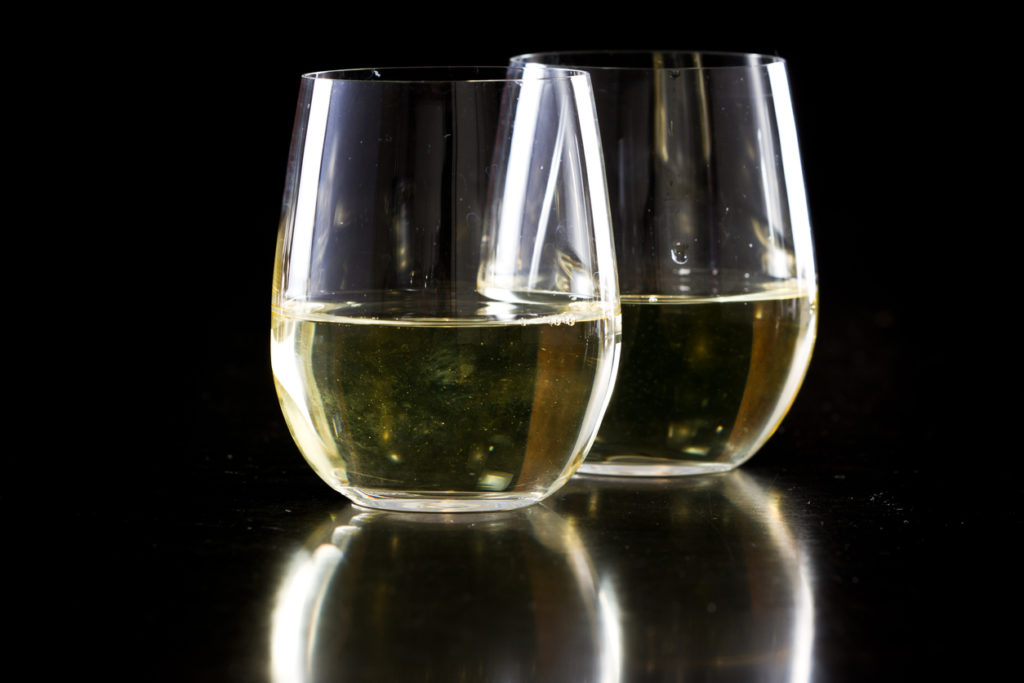
Understanding Sauvignon Blanc
Sauvignon Blanc, a popular white wine variety, owes its name to the French words sauvage (wild) and blanc (white). Known for its bright, zesty flavors and refreshing acidity, Sauvignon Blanc is beloved around the world. This varietal originated in the Loire Valley of France but has since found success in many other wine regions.
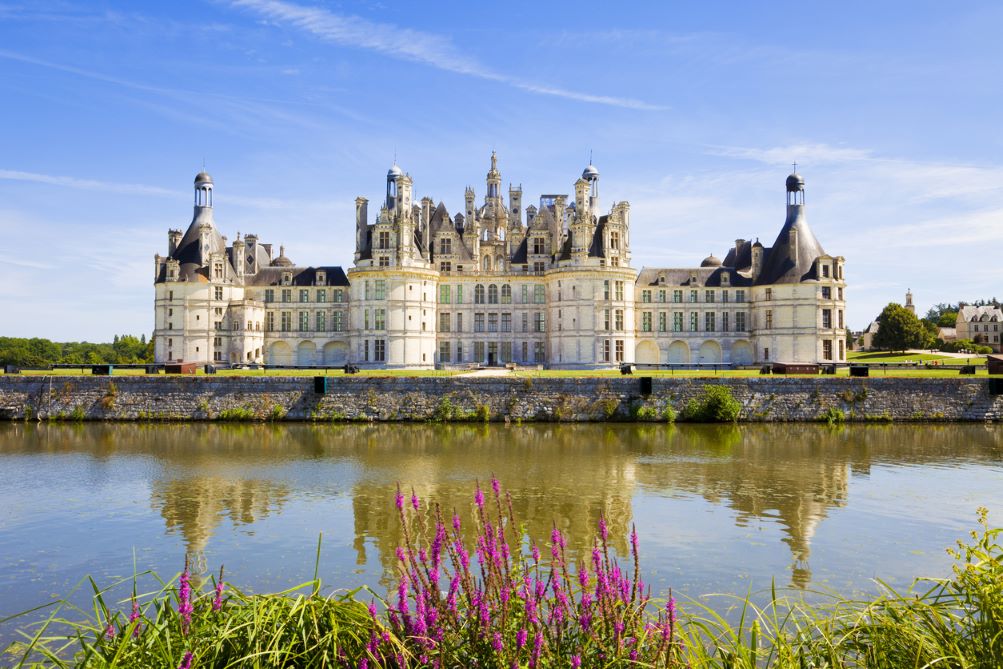
One of the key characteristics that set Sauvignon Blanc apart is its distinctive aroma profile. While each region provides unique nuances, common aromas include tropical fruits like passionfruit and guava, green notes like freshly cut grass or bell pepper, and even floral hints such as elderflower. This complex bouquet makes for an instantly recognizable experience with every sip.
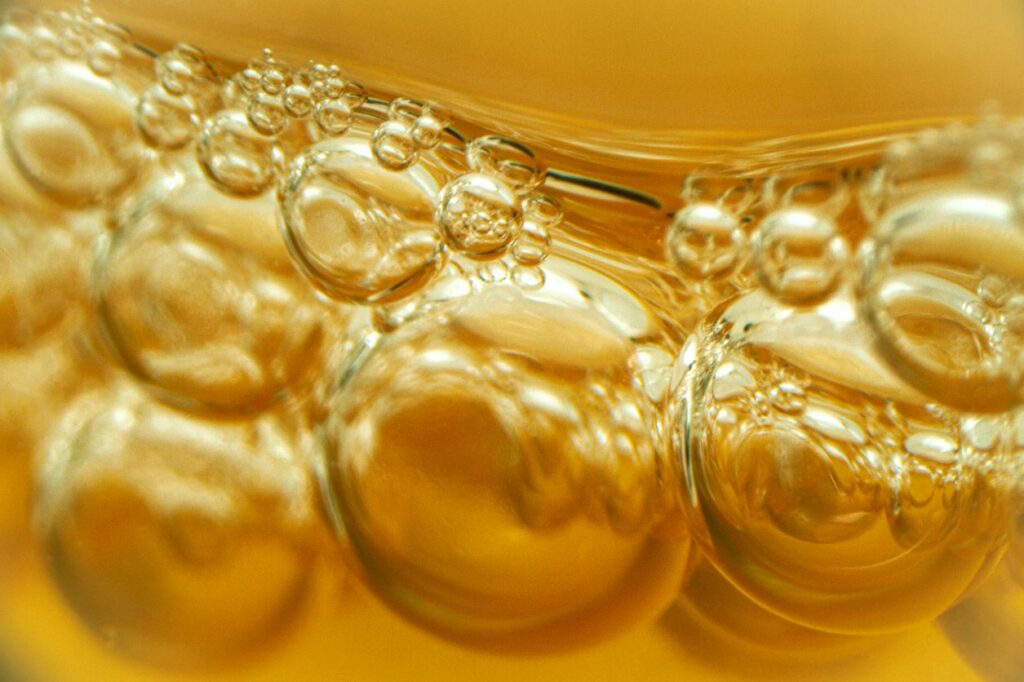
Another fascinating aspect of Sauvignon Blanc is how winemakers can create a vast range of styles using this single grape variety. From crisp and mineral-driven renditions to ones that showcase ripe fruit flavors or subtle oak influences through fermentation and aging techniques – there is something to suit every palate preference. So whether you prefer a bone-dry Sauvignon Blanc with mouthwatering acidity or one with a touch of sweetness balanced by lively citrus notes, there’s sure to be a bottle waiting just for you!

Understanding Riesling
Riesling, a white grape variety originating from the Rhine region of Germany, is known for producing some of the most exceptional and unique wines in the world. Its versatility allowed it to thrive in various wine regions across the globe, including Alsace, Australia, and even parts of the United States. One fascinating characteristic of Riesling is its remarkable ability to express terroir, or the environmental factors that shape a wine’s character. This makes Riesling wines truly reflective of their origin, as each bottle tells a different story with every sip.
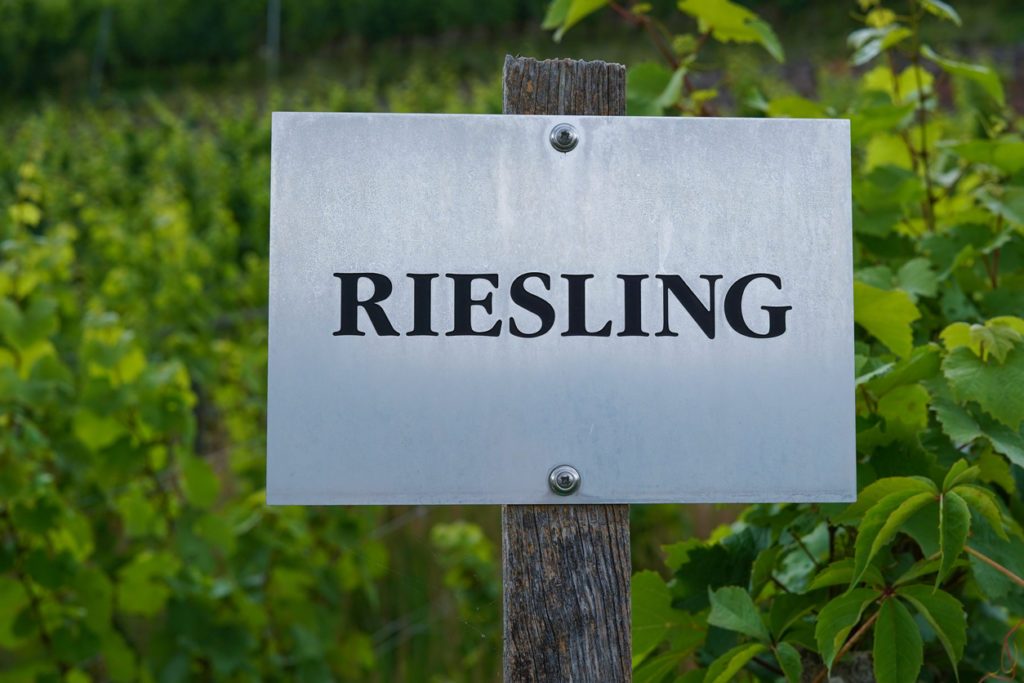
What distinguishes Riesling from other white grape varieties is its wide spectrum of flavors. From bone-dry to lusciously sweet, Rieslings can cater to all palates. Contrary to popular belief, Rieslings are not always sweet; many come with surprising acidity levels that perfectly balance out their residual sugars. This vibrancy and freshness make them remarkably food-friendly wines that can be paired with everything from spicy Thai cuisine to traditional German sausages.
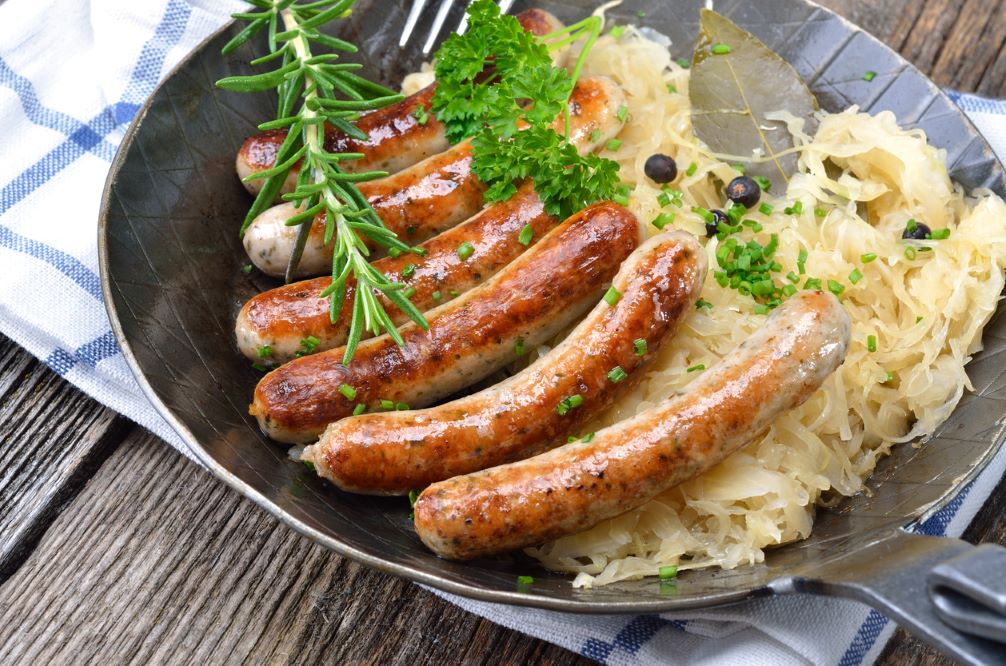
Despite its reputation as a high-quality grape variety among winemakers and connoisseurs alike, Riesling remains somewhat overlooked by mainstream wine drinkers who might associate it solely with overly sweet or simple offerings. However, understanding the true potential of this noble grape can unlock a world full of rich flavors and captivating aromas.

Sweetness of Sauvignon Blanc vs Riesling
When it comes to comparing the sweetness of Sauvignon Blanc and Riesling, two distinct and popular white wine varietals, there are some interesting differences to explore. While both wines can offer a refreshing sweetness, their profiles vary significantly. Sauvignon Blanc tends to lean towards a crisp and dry taste, with hints of herbal notes and bright acidity. On the other hand, Riesling often exhibits a sweeter profile with fruity aromas like apricot and peach.
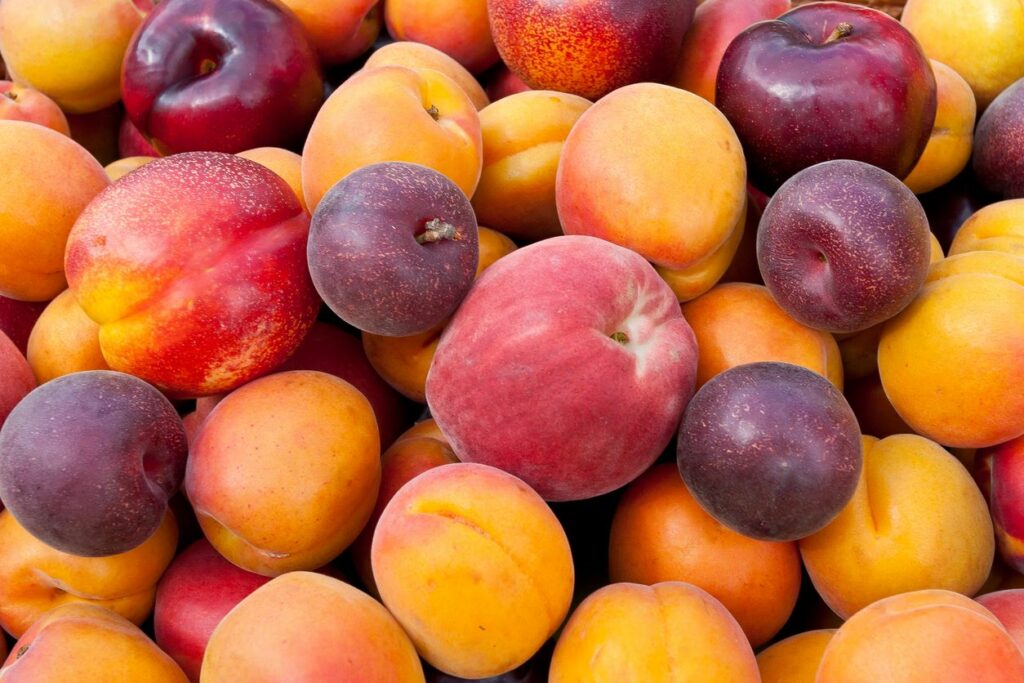
The sweetness in Sauvignon Blanc is usually derived from its natural grape sugars or residual sugars left after fermentation is complete. This subtle touch of sweetness enhances the fruit flavors without overpowering the overall character of the wine. In contrast, Riesling can showcase varying levels of sweetness depending on factors like climate and winemaking techniques. From bone-dry to dessert-level sweet, this versatile grape allows winemakers to craft an array of styles that cater to different palates.
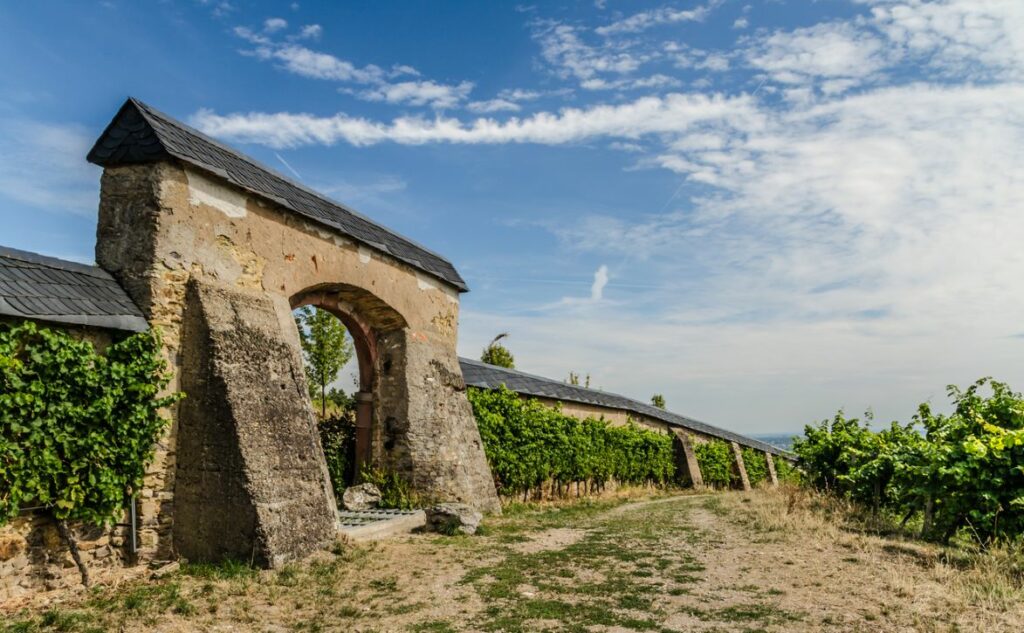
Despite their differing levels of perceived sweetness, both wines share an ability to balance their flavors elegantly. The acidity present in both Sauvignon Blanc and Riesling contributes significantly to this equilibrium. In Sauvignon Blanc, the high acidity helps cut through any residual sugars and provides a refreshing zing that lingers on the palate – perfect for those who prefer crispness over overtly sweet profiles.
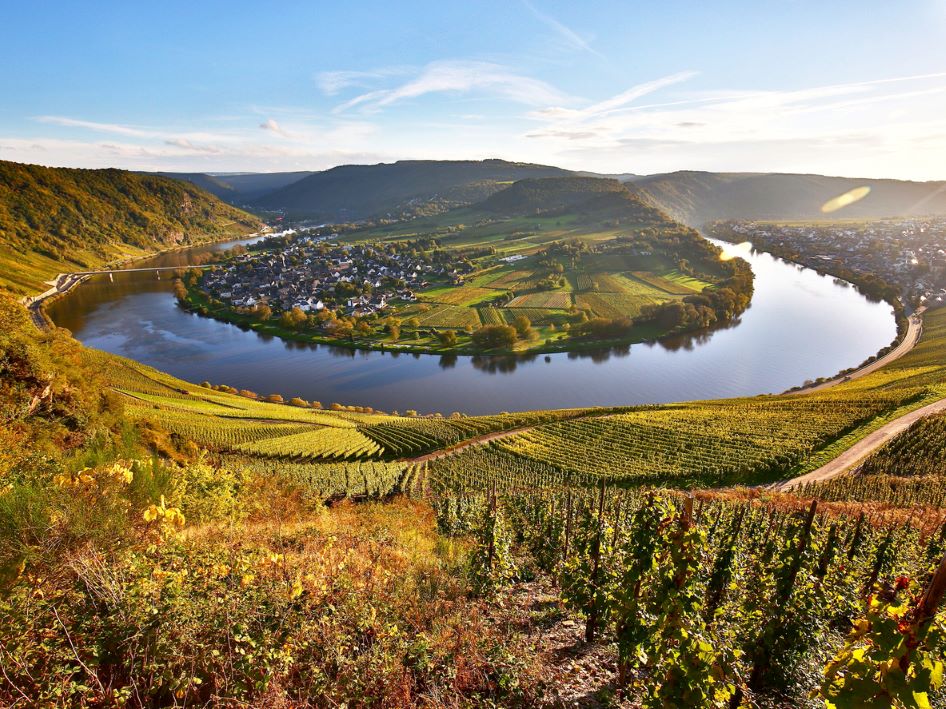
Flavor of Sauvignon Blanc vs Riesling
Sauvignon Blanc and Riesling are two popular white wine varietals that offer distinct and unique flavor profiles. Sauvignon Blanc is known for its vibrant and zesty character, often displaying notes of citrus fruits like lemon, lime, and grapefruit. It also showcases herbaceous aromas such as freshly cut grass or green bell pepper, adding complexity to the wine’s overall flavor. On the other hand, Riesling leans towards a more aromatic and fruit-forward expression with its luscious peach, apricot, and pear flavors dancing on the palate. This variety can range from bone-dry to sweeter styles with varying levels of acidity.
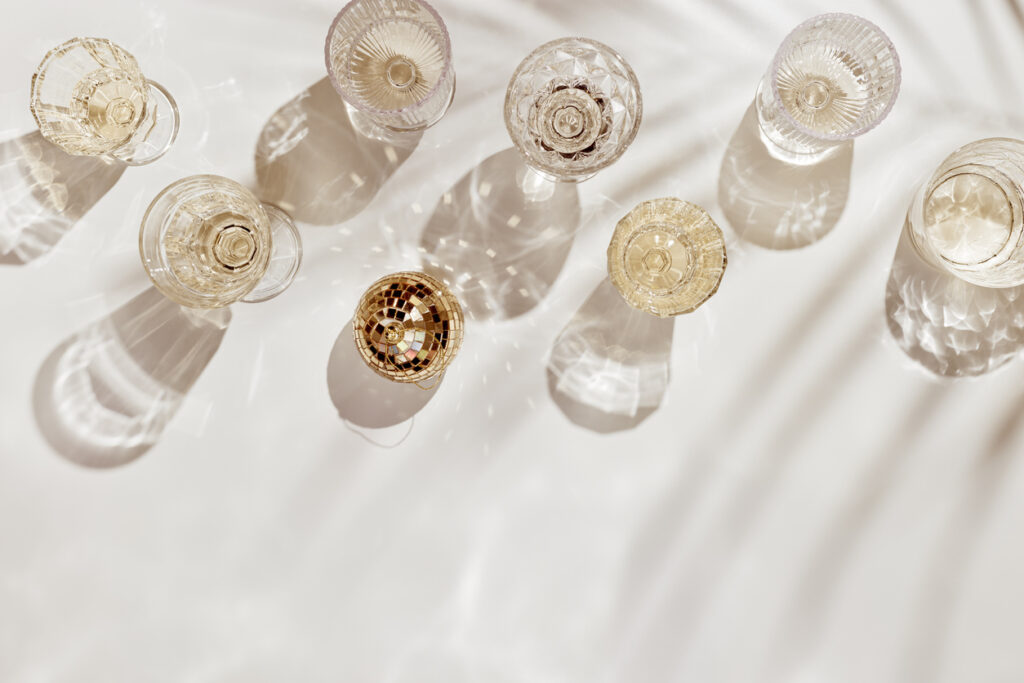
While both Sauvignon Blanc and Riesling possess their own appeal, they present different sensory experiences to the discerning wine drinker. Sauvignon Blanc tends to be crisper and brighter on the palate due to its higher acidity levels. Its mineral undertones bring an added complexity that enhances its refreshing nature. In contrast, Riesling offers a wider spectrum of sweetness options which makes it versatile when paired with different types of cuisine – from Asian dishes to spicy Mexican fare. Additionally, Riesling tends to age exceptionally well due to its high acidity content which helps preserve the wine’s freshness over time.
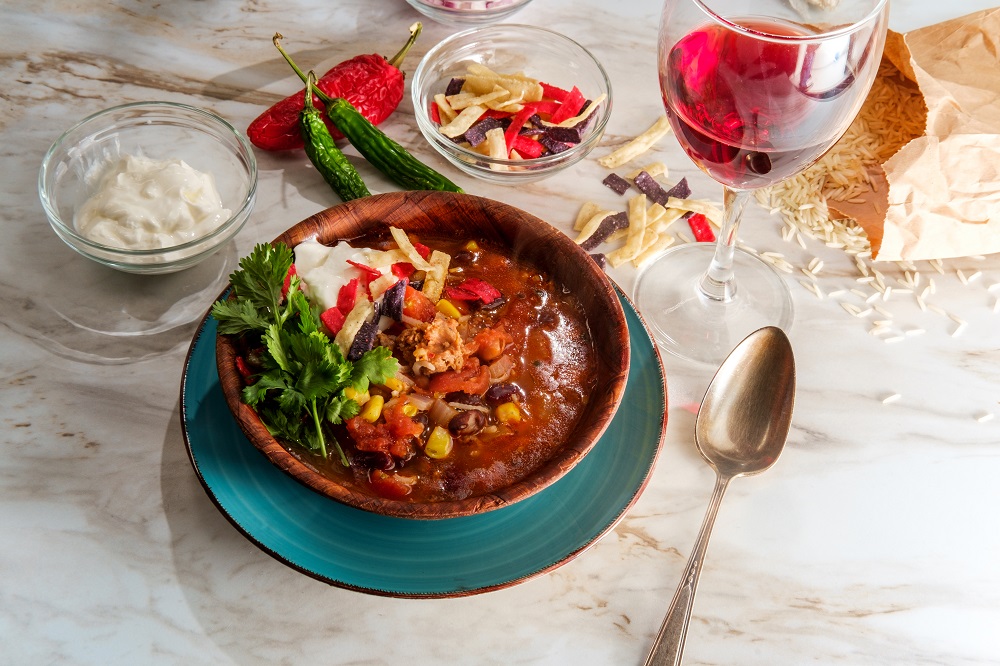
Food Pairing of Sauvignon Blanc vs Riesling
When it comes to food pairing, Sauvignon Blanc and Riesling are two top contenders with distinct flavor profiles that can complement a variety of dishes. Sauvignon Blanc, with its crisp acidity and vibrant citrus flavors, pairs exceptionally well with seafood dishes such as grilled shrimp or ceviche. The wine’s zesty notes cut through the richness of the seafood, creating a harmonious balance on the palate. Additionally, Sauvignon Blanc’s herbaceous qualities make it an excellent choice for pairing with fresh salads or goat cheese-based appetizers.
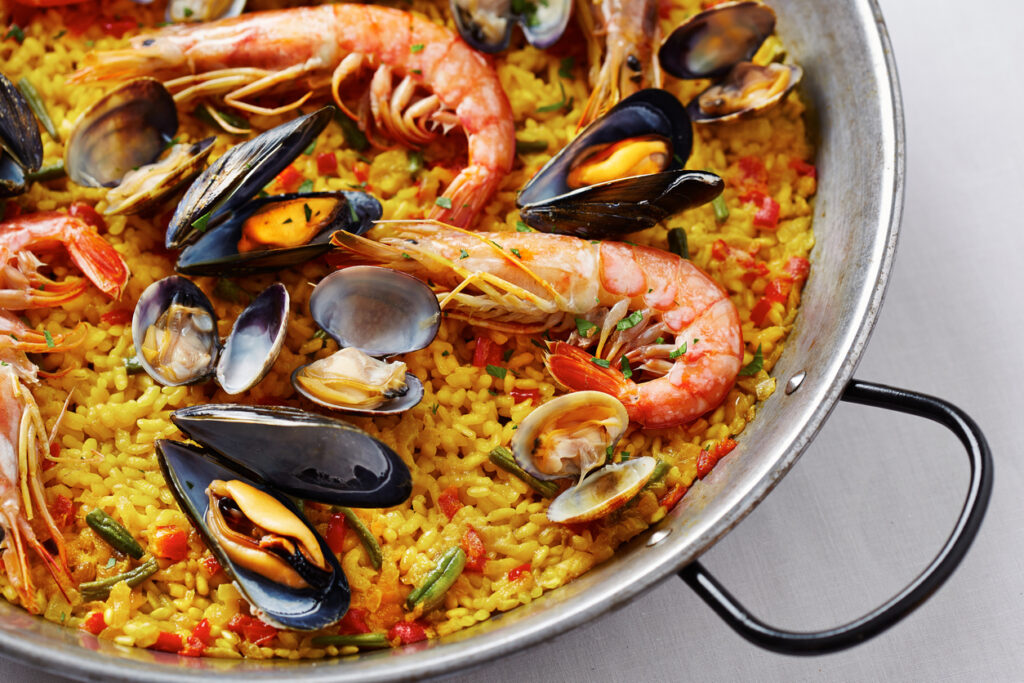
On the other hand, Riesling offers a delightful contrast to Sauvignon Blanc in terms of sweetness and versatility. Its naturally high acidity helps cut through rich and fatty foods like pork chops or creamy cheeses. Moreover, Riesling’s balance of sweetness lends itself beautifully to spicy cuisine such as Thai or Indian dishes. The sweetness acts as a soothing agent against the heat while enhancing the intricate flavors in these spicy cuisines.
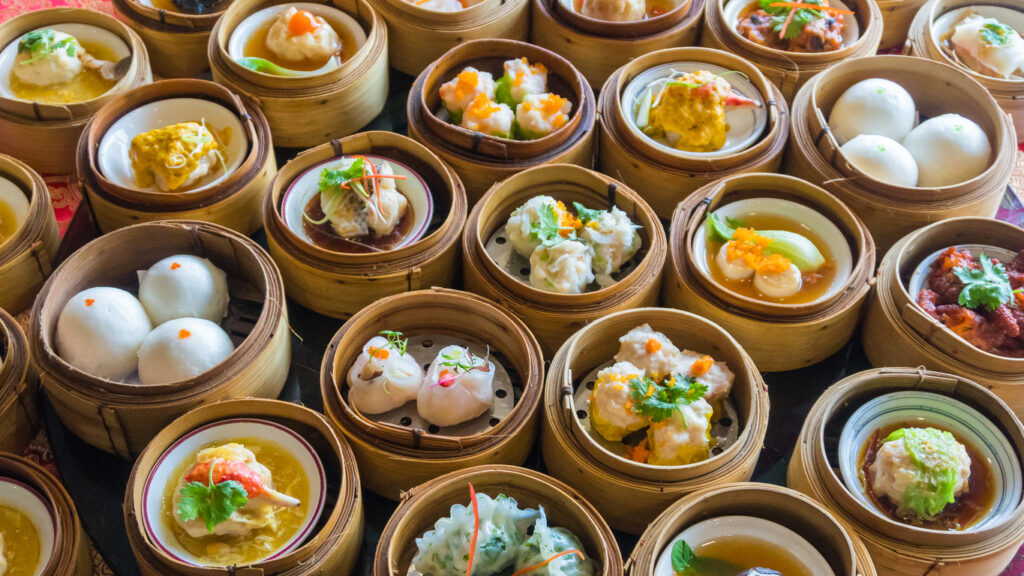
Both Sauvignon Blanc and Riesling bring unique characteristics to the table when it comes to food pairings. Experimenting with different culinary combinations can offer surprising results that enhance your dining experience and create memorable moments with friends and loved ones.
How to serve Sauvignon Blanc vs Riesling
Both Sauvignon Blanc and Riesling are incredibly versatile and popular white wine choices, but their distinctive characteristics call for different serving techniques to capture their full potential. When serving Sauvignon Blanc, it is best to serve it chilled, typically between 45°F and 55°F (7°C to 13°C). This lower temperature helps to preserve the wine’s crisp acidity and vibrant flavors. Additionally, consider using tulip-shaped glasses for this varietal as they help concentrate the aromatic compounds, allowing you to fully experience the wine’s citrusy and grassy notes.
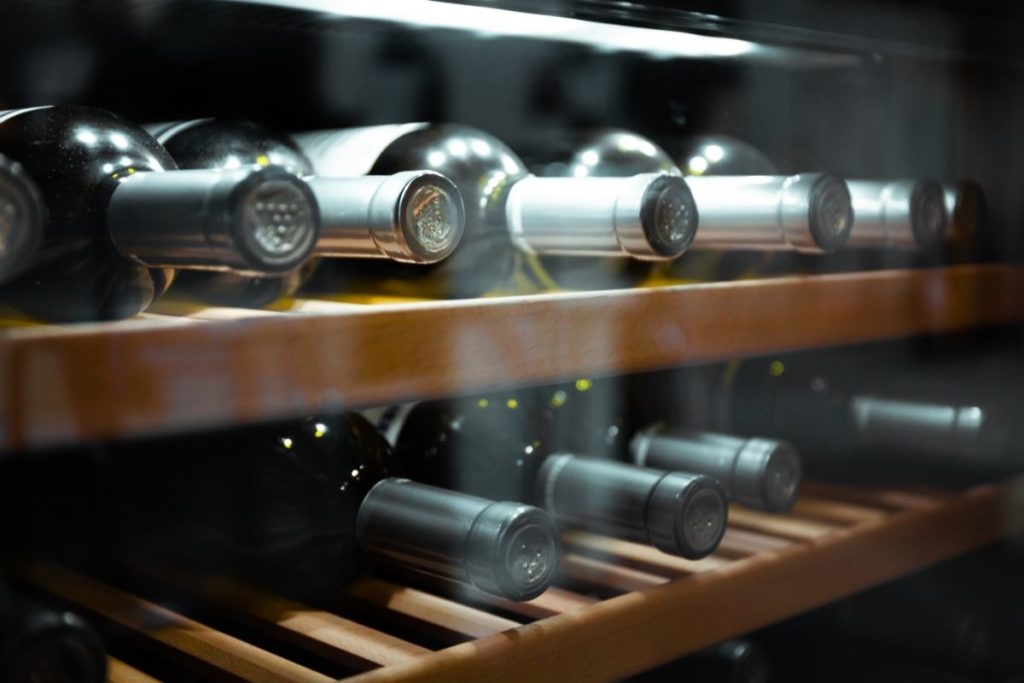
On the other hand, Riesling calls for a slightly warmer serving temperature than Sauvignon Blanc. Aim for around 50°F to 60°F (10°C to 16°C) so that its delicate aromas come alive on the palate. To enhance your Riesling experience further, opt for tall and narrow glasses with a slightly tapered rim that will allow its floral bouquet to unfold beautifully while maintaining the perfect balance between sweetness and acidity. This glassware choice not only showcases the wine’s nuances but also maintains its refreshing character as you savor every sip.
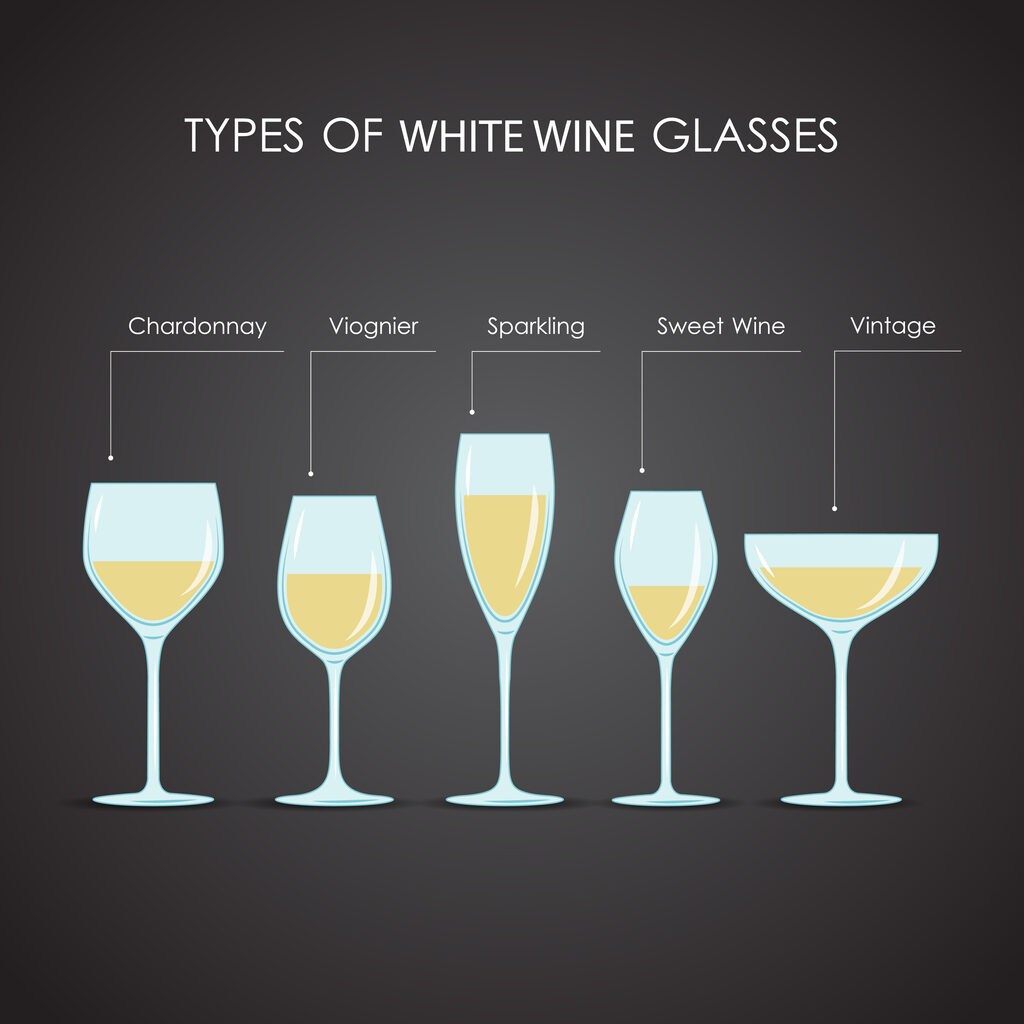
By taking into account these subtle but important differences in serving temperatures and glassware choices, you can elevate your enjoyment of both Sauvignon Blanc and Riesling wines.
Conclusion
In conclusion, both Sauvignon Blanc and Riesling offer unique and delightful characteristics that make them popular choices among wine enthusiasts. Sauvignon Blanc’s crispness and vibrant flavors of citrus and tropical fruits make it a refreshing option for those seeking a zesty wine. On the other hand, Riesling’s versatility and ability to showcase a range of aromas from floral to mineral notes make it an intriguing choice for those who appreciate complexity. Ultimately, the choice between these two varietals comes down to personal preference and the desired flavor profile. So next time you are in search of a white wine, consider trying both Sauvignon Blanc and Riesling to explore their distinct qualities – cheers!

